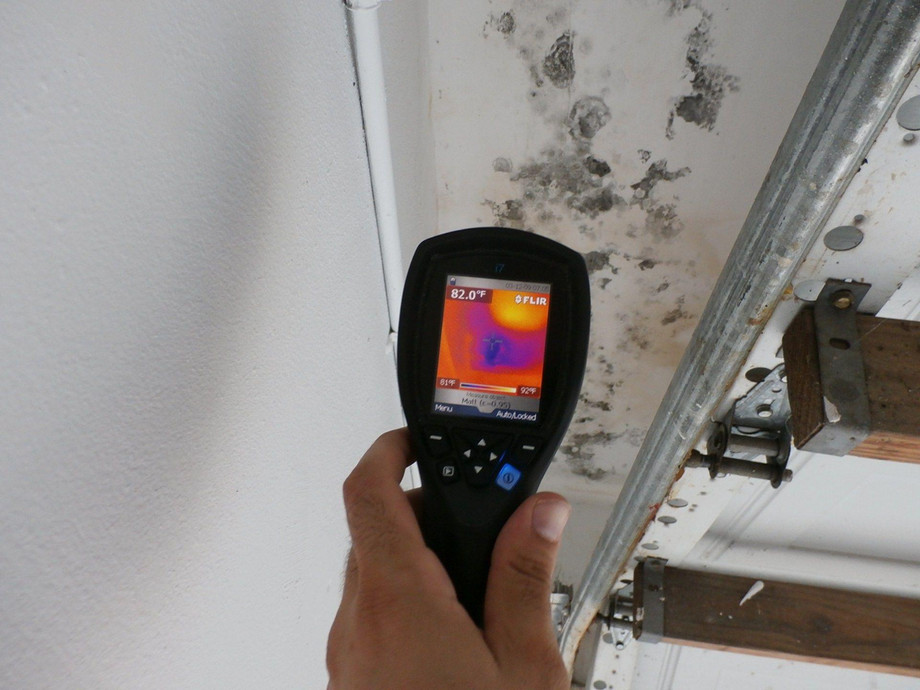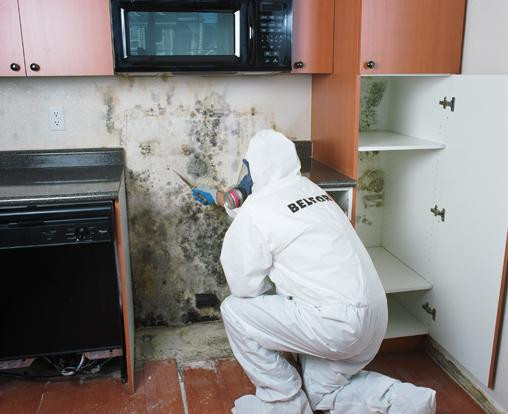What is the Importance of Mould Sample Testing?
Mould growth is a common issue in homes and businesses, often causing health problems and property damage. While visible mould can be addressed with cleaning and remediation, the extent and type of mould are not always obvious. This is where Mould Sample Testing plays a crucial role. By analyzing mould samples, experts can identify the specific mould types present, assess the severity of the infestation, and develop an effective remediation plan.
Accurate Identification of Mould Types
One of the key benefits of Mould Sample Testing is the ability to accurately identify the type of mould in your space. Not all moulds pose the same risks; some are relatively harmless, while others, like black mould, can cause severe health issues. Testing provides detailed information about the species of mould present, helping professionals determine the best treatment approach. Accurate identification ensures that the problem is addressed effectively and minimizes unnecessary interventions.
Determining the Severity of Infestation
Mould can sometimes grow in hidden areas, such as behind walls, under carpets, or in HVAC systems. Visual inspections alone may not reveal the full extent of the issue. Mould Sample Testing allows experts to assess the concentration of mould spores in the air and on surfaces. This information helps determine whether the infestation is localized or widespread, guiding decisions on the scale of remediation efforts required.
Protecting Health and Well-Being
Mould exposure can lead to respiratory problems, allergies, and other health issues, especially in sensitive individuals like children, the elderly, or those with weakened immune systems. Mould Sample Testing identifies the presence of harmful moulds that release toxic spores. With this knowledge, professionals can recommend specific actions to protect the health of occupants, such as air filtration or targeted removal of contaminated materials.
Guiding Effective Remediation Plans
Every mould problem is unique, and a one-size-fits-all approach rarely works. Testing provides the necessary data to create a tailored remediation plan. For example, certain types of mould may require specialized cleaning agents or removal techniques. By understanding the specific mould types and their growth patterns, remediation efforts can be more precise and effective.
Preventing Future Mould Growth
Identifying the root cause of mould is just as important as addressing the current infestation. Testing can reveal whether moisture levels, ventilation issues, or environmental factors are contributing to the mould problem. By addressing these root causes, you can prevent mould from returning, saving time and money in the long run.
Building Confidence in the Results
For homeowners, tenants, or business owners, knowing the exact nature of a mould problem provides peace of mind. It eliminates guesswork and ensures that the actions taken are based on scientific evidence. Whether you are dealing with a health-related complaint or preparing to sell a property, having documented results from Mould Sample Testing can be invaluable.
Conclusion
The importance of Mould Sample Testing cannot be overstated when dealing with potential mould issues. It provides accurate identification of mould types, assesses the severity of infestations, and informs effective remediation plans. Furthermore, it helps protect the health of occupants and prevents future growth by addressing the root causes of mould. Investing in professional testing ensures that your property remains safe, healthy, and mould-free. For comprehensive and reliable results, trust experts who specialize in Mould Sample Testing to safeguard your living or working environment.




Comments
Post a Comment